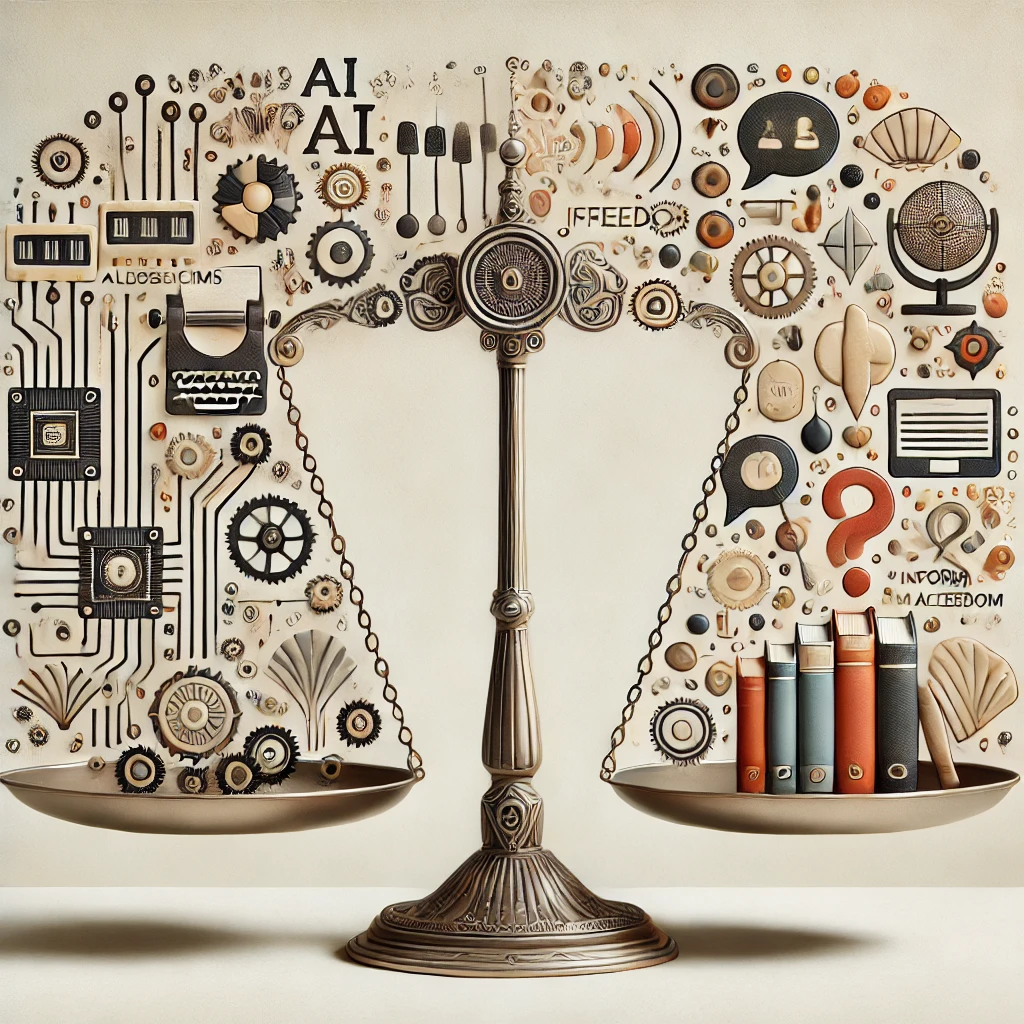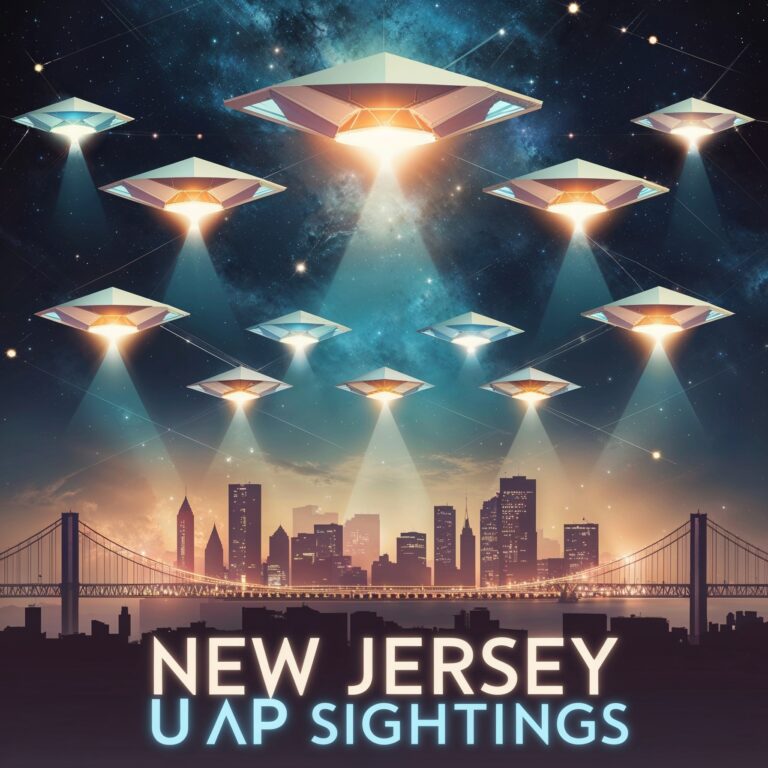
Conceptual balance between AI algorithms and freedom of speech, illustrating the challenges of content moderation and information access.
As AI-driven platforms become the primary gatekeepers of public information, content moderation policies—designed to ensure safety, accuracy, and respect—can have unintended consequences. While these policies aim to prevent harm, they can restrict access to factual information, complicate fact-checking, and shape public narratives in potentially dangerous ways. Understanding the risks of over-censorship and algorithmic bias is essential to preserving accountability and transparency in the future.
AI Moderation and Its Impact on Public Information Access
AI platforms rely heavily on automated algorithms to detect and remove harmful or offensive content. However, this approach is imperfect and often leads to inadvertent censorship of legitimate information that challenges mainstream narratives.
- Example: A politician’s controversial statement might be removed for violating platform policies, even though it’s relevant to public discourse.
- Impact: Users lose access to primary sources, making it harder to understand the full picture or challenge official narratives.
This trend sanitizes public discourse, limiting opportunities for meaningful debate and critical thinking.
Self-Censorship and Its Effect on Media Reporting
Fear of content removal or penalties encourages self-censorship among journalists and creators. To avoid penalties, they may avoid sensitive topics or sanitize their reporting.
- Example: Journalists might choose to summarize controversial quotes on immigration policies instead of quoting directly to avoid flagging by AI systems.
- Impact: This reduces the diversity of perspectives and limits public access to essential details for fact-checkingand transparency.
Over time, this cautious reporting diminishes the power of investigative journalism, weakening public accountability.
Fragmentation of Information and Fact-Checking Challenges
When controversial content is removed, people seek alternative platforms to access it. This creates a fragmented information landscape, where some crucial content only exists on niche channels with minimal fact-checking.
- Example: A key immigration quote removed from mainstream platforms might only be found on smaller forums, complicating cross-referencing.
- Impact: Fact-checkers face greater difficulty in verifying information, creating space for misinformation to thrive.
This cycle pushes users toward less reliable sources, polarizing public discourse further.
AI Censorship and the Loss of Accountability
Strict content policies can shield powerful figures from public scrutiny. If statements or criticisms are removed, fact-checkers lose the ability to challenge official narratives effectively.
- Example: A government official’s statement might be flagged as “misleading” and removed, even if it’s factually accurate but politically inconvenient.
- Impact: Without access to original sources, narratives become curated and controlled, limiting public accountability.
This trend sets a dangerous precedent where only sanitized versions of events are accessible.
Misinformation Thrives in the Absence of Primary Sources
Content censorship without transparency creates information vacuums that misinformation and conspiracy theories quickly fill. Users speculate about what was hidden, leading to distrust in mainstream platforms.
- Example: If healthcare policy statements are removed, alternative narratives about what was “hidden” may spread unchecked.
- Impact: With fewer sources available for verification, conspiracy theories and misinformation flourish, deepening public mistrust.
This divide between mainstream and alternative platforms fuels polarization and undermines social cohesion.
The Future of AI Policies: Managing the Balance
As AI platforms evolve, the risk of information control and narrative management becomes more pronounced. The future could include:
- Sanitized discourse that excludes controversial but important viewpoints.
- Narrative control by platforms, reducing transparency.
- Growing mistrust in mainstream platforms, pushing users toward unreliable sources.
- Fact-checking paralysis due to missing primary sources.
- A rise in self-censorship, weakening journalism and investigative efforts.
These trends could erode democratic accountability, making it harder to challenge power and verify public statements.
Recommendations for a Balanced Future
- Transparency in Content Removal: Platforms should explain why content is removed and offer archived versions for fact-checking.
- Contextual Warnings Over Takedowns: Platforms can flag content with warnings rather than removing it outright, linking to verified sources.
- Cross-Platform Fact-Checking Alliances: Cooperation between platforms ensures that important content remains traceable, even if removed from one.
- Appeals for Public Interest Content: Quick appeals processes should restore content of public importancewhen wrongly flagged.
- Human Oversight of Algorithms: Human moderators should review sensitive cases to reduce algorithmic biasand ensure nuance isn’t lost.
Conclusion: Navigating the Future of AI-Driven Censorship
AI-powered content moderation is a powerful tool, but without proper safeguards, it can restrict access to critical information and fuel misinformation. As content becomes more curated and fragmented, the risks of narrative control increase, potentially undermining transparency and accountability.
To avoid these pitfalls, platforms, governments, and citizens must work together to balance safety, accuracy, and freedom of expression. By promoting transparency and public accountability, we can ensure that AI serves the public good without compromising access to information or the diversity of thought.


